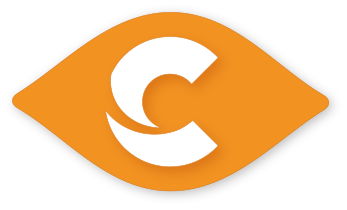
ISO 9001
ISO 9001 is a globally recognized standard for quality management systems (QMS), established by the International Organization for Standardization (ISO) in 1987. The standard outlines a set of requirements for organizations to follow to ensure that their products and services consistently meet customer and regulatory requirements. This article will explore the past, present, and future of ISO 9001 certification.
The history of ISO 9001
ISO 9001:1987 was the first version of the standard, and it focused on quality assurance. The standard required organizations to implement a quality management system, conduct quality audits, and maintain records to demonstrate compliance. This version of the standard was revised in 1994 to include a greater emphasis on customer satisfaction and continuous improvement.
In 2000, ISO 9001 was revised again to align with other management system standards, such as ISO 14001 for environmental management and ISO 45001 for occupational health and safety management. This revision emphasized the process approach to quality management and placed greater emphasis on leadership, customer focus, and continual improvement.
Where we are at now
The most recent version of ISO 9001 was published in 2015, and it includes a more significant focus on risk-based thinking and the context of the organization. This revision requires organizations to identify and address risks and opportunities in their operations and consider the external factors that may affect their QMS.
ISO 9001 certification remains relevant and important in the present day. Organizations that are certified to ISO 9001 demonstrate their commitment to quality management and continuous improvement, which can help to build customer trust and improve competitiveness . According to ISO’s 2020 survey, there were 1,165,386 valid certificates for ISO 9001 worldwide.
The Future of ISO 9001
ISO 9001 is likely to continue evolving in the future to remain relevant to changing business needs and customer expectations. Some potential areas for future revision may include incorporating digital technologies and aligning more closely with sustainable development goals.
There is also a growing trend towards integrated management systems, which combine multiple management system standards into a single, cohesive framework. Organizations may seek to integrate their quality management, environmental management, and occupational health and safety management systems, among others, to reduce duplication of effort and improve overall effectiveness.
Conclusion
ISO 9001 certification has come a long way since its inception in 1987. The standard has evolved to place greater emphasis on customer satisfaction, continuous improvement, risk-based thinking, and the context of the organization. ISO 9001 certification remains relevant in the present day and is likely to continue evolving in the future to meet changing business needs and customer expectations.
Read more here: ISO.org
Would you like to learn more about certificates, standards, or questionnaires and how to manage them? Click here for a full tour of our software to find out how we can help.
